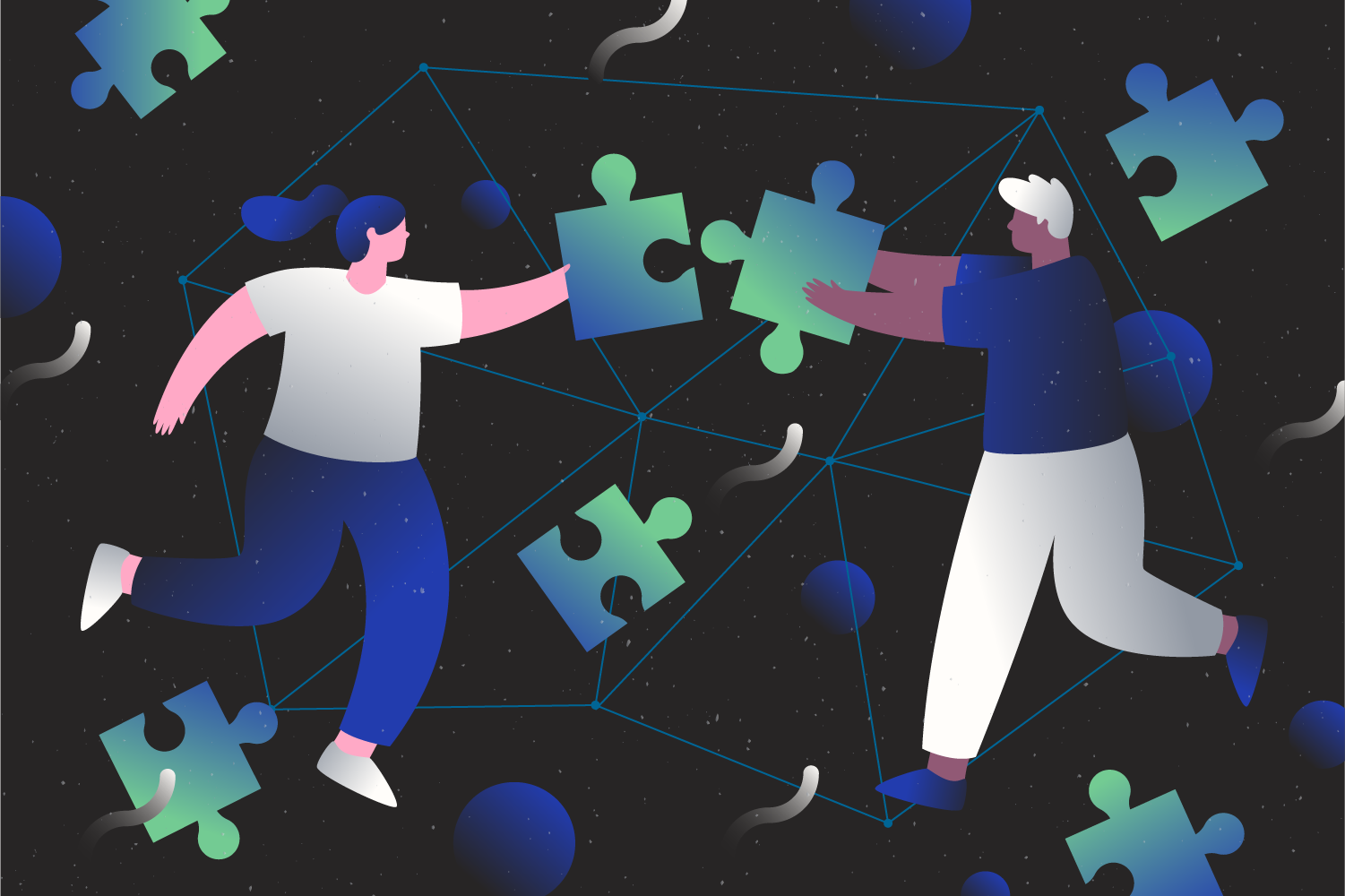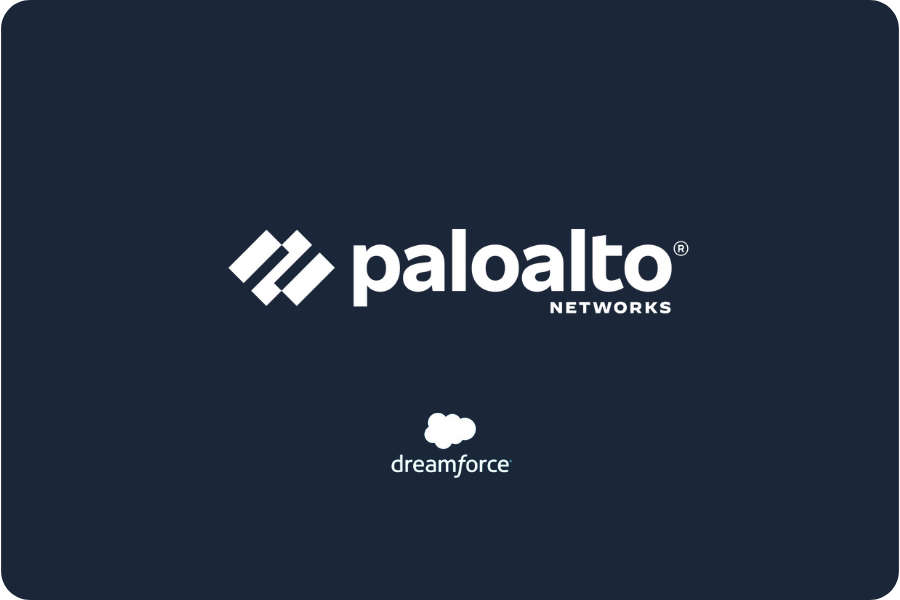Front-end and back-end operations are two sides of the same functional coin, but couldn’t vary more in terms of strategic approach, technical support requirements, and key performance indicators.
Few understand this structural dichotomy more intimately than software legends Salesforce and Oracle. With entwined, complicated histories spanning the better part of four decades, both Salesforce and Oracle have firmly established themselves as indisputable industry champions for one end or another.
With an unsurprising audience in mind, the aptly named Salesforce stands strong in the corner of front-end solutions, focusing “more on the end users than the technical folks,” says former Salesforce business development John Wright.
He explains, “the technology [Salesforce] serves is all about delivering a very good experience [in which] the Cloud model is going to be able to do all the hard things for you.”
Across the arena, Oracle boasts a lifelong dedication to IT teams, administrators and their back-end environments.
Matt Hobbs, a CPQ professional with prior BigMachines, Steelbrick, and Salesforce experience, notes that “fusion and ERP are the linchpins of what they do…. leaning more towards the ERP than the CRM.”
Confirming that priority from an insider’s perspective, former Oracle CPQ project lead Fazal Gupta says “everything at Oracle really anchors around how to make [their] ERP work well.”
But what led to Salesforce and Oracle so staunchly aligning with their respective, complementary end user bases?
The answer traces back to how – and why – the companies themselves were founded, and the individuals that led the charge.
To learn about the meteoric rises of Salesforce and Oracle, complete with first-hand insight from those who were along for the ride, download your free copy of Logik.io’s newest eBook – Tracking Trajectories: A Comparative History of Oracle and Salesforce.
Available on demand through the larger Logik.io Resource Library, Tracking Trajectories is your one-stop resource for all things front-end, back-end, and in between.


